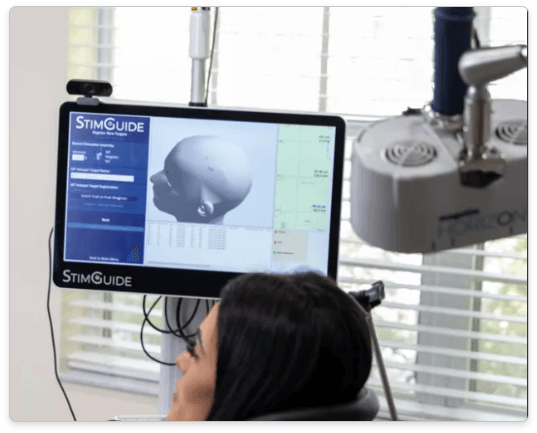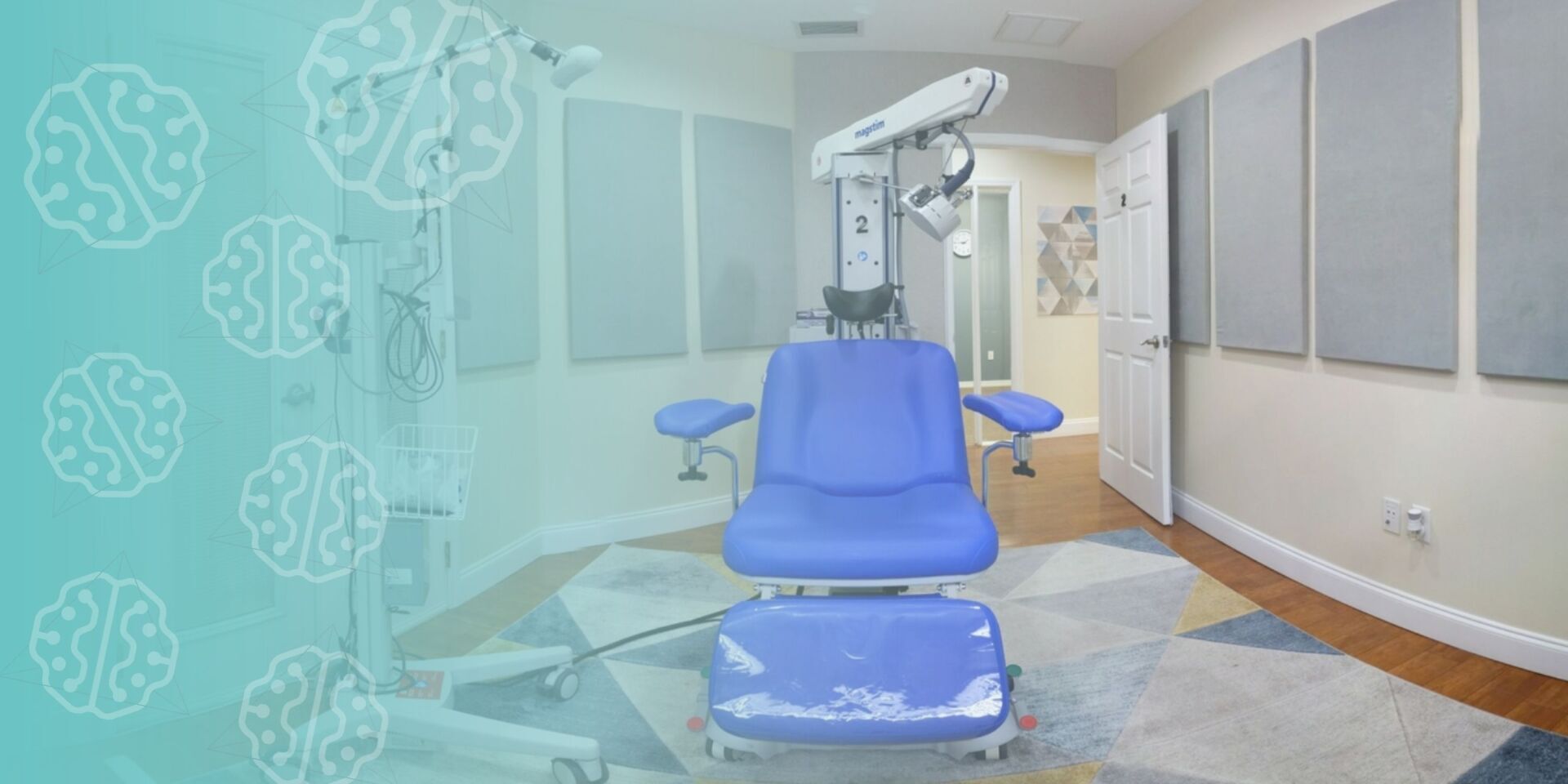TMS Therapy For Fibromyalgia
~ 2 MIN READ
Fibromyalgia is a common chronic disorder that causes people with fibromyalgia to experience general discomfort in several areas of their body, including the joint cavities, muscles, ligaments, and tendons. Fibromyalgia has also been linked to fatigue, sleep problems, headaches, depression, and anxiety.
Fibromyalgia’s pain can significantly alter a person’s quality of life, and current treatment options for Fibromyalgia, including antidepressants, are not very effective and can cause side effects.
While the FDA approved
TMS treatment of major depression, OCD, and smoking cessation, some studies have suggested that it can also be beneficial for other disorders or diseases such as fibromyalgia. There have been multiple attempts to test TMS to determine if it would help various illnesses, including chronic pain states such as, but not limited to, migraine and fibromyalgia.
Transcranial Magnetic Stimulation (TMS) For Fibromyalgia
Brain treatments using magnetic fields sound like something out of a sci-fi movie, but the brain is an electrical organ and uses tiny bits of electricity - to send signals. That's why using magnetic waves can create electric changes within the brain, can treat some conditions.
Transcranial Magnetic Stimulation
Transcranial magnetic stimulation (TMS or repetitive magnetic stimulation – rTMS) produces brief pulses of magnetic fields transmitted to the brain through a coil placed near your head. In the beginning, TMS was used for the treatment of depression and other central nervous system disorders. But over time, it’s been found to help treat more and more conditions.
TMS has been employed to reduce the symptoms of depression and fatigue in multiple sclerosis. A scientific study demonstrates how Transcranial Magnetic Stimulation (TMS) might help alleviate freezing in patients with Parkinson's.
Pain in Fibromyalgia
Research suggests that increased activity in the dorsolateral prefrontal cortex, orbitofrontal cortices, and anterior insula is associated with more pain. Given the brain's prefrontal cortex (the seat of executive functioning) is a higher-level brain region, it might seem strange that increasing activity in this area could be linked to more rather than less pain.
The brain's prefrontal cortex is a complex part of the brain, and it affects not only pain but also pain detection. Activity in the left frontal cortical area of the DLPFC has been associated with increased sensations of pain unpleasantness. More DLFPC activity has also been associated with allodynia, a common problem in FM.
Pain activation and pain inhibition are both regulated by the DLPFC. Activating one region of the DLPFC appears to result in improved pain control and reduced pain or overstimulation while activating another DLPFC region seems to lead to increased anxiety and catastrophizing.
TMS to Treat Pain in Fibromyalgia
Low or high frequency transcranial magnetic stimulation (TMS) can be used. While low-frequency TMS generally results in reduced brain activity, high-frequency TMS produces increased brain activity.
Fibromyalgia patients already have more active DLPFC than average, so to see results in other brain regions, this research used low-frequency Transcranial Magnetic Stimulation (TMS). The TMS was applied to the DLPFC, and scientists hoped it would calm down these particular parts of the brain.
In a particular clinical trial published in 2020, The researchers recruited 45 patients with fibromyalgia (FM) after four weeks of treatment every day for five consecutive days. The randomized study comparing active TMS and sham TMS involved 27 minutes of TMS delivered over the right DLPFC total in each session for up to 4 weeks per patient, beginning at five times per week. The patients were followed for six months to see if the effects lasted.
Using a magnet to calm the electrical signals in the DLPFC worked. The FM patients receiving the electrical signals in their brains gently rearranged with significant benefits, allowing them to use less morphine and get relief from pain.
According to the research, pain levels in those given TMS treatment appeared to remain low six months after the treatments had ended. The researchers also found that pain-related depression and anxiety were significantly reduced in those given the actual TMS treatments.
How does TMS work for Fibromyalgia?
This study used low-frequency TMS to calm down the right dorsolateral prefrontal cortex activity – an area of the brain associated with chronic pain.
It's unclear from the research how TMS works, but most experts believe that it probably decreases blood flows between regions of the brain involved in pain production.
More Clinical Evidence for TMS to Treat Fibromyalgia
Researchers have found that 7 out of 10 FM Trials show positive results. The meta-analysis in 2016 found significant improvements in quality of life and a trend to lessen pain for Fibromyalgia patients. It highlighted a key issue: the need to determine “optimal treatment protocols.”
A European Commission published "Evidence-based guidelines on the therapeutic use of repetitive transcranial magnetic stimulation." They concluded that there was Level B evidence (of probable efficacy) for using high-frequency rTMS on the left motor cortex in fibromyalgia.
A study on the Efficacy of Transcranial Direct Current Stimulation and Repetitive Transcranial Magnetic Stimulation for Treating Fibromyalgia Syndrome has concluded that TMS showed analogous pain reductions, as well as considerably fewer side effects compared to FDA approved Fibromyalgia pharmaceuticals.
Conclusion:
More studies and trials are needed to investigate just how beneficial TMS can be to treat and even cure Fibromyalgia. Still, for now, early results indicate TMS may be the necessary treatment to alleviate chronic pain. Florida TMS Clinic is devoted to keeping track of recent advances involving TMS therapy.












